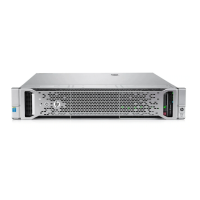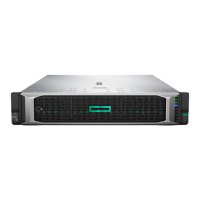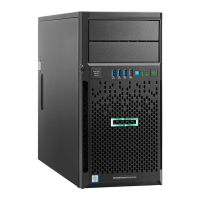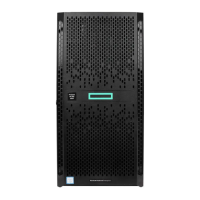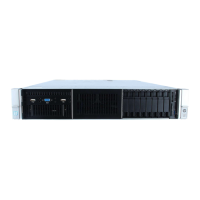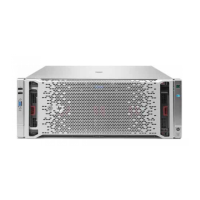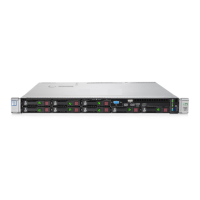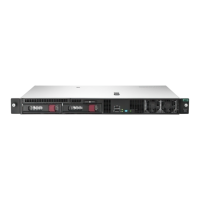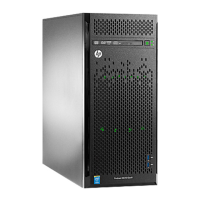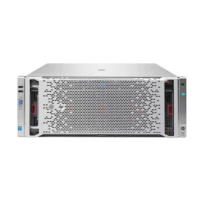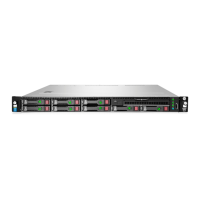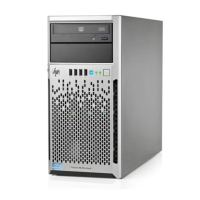• Deploys OSs to diskless servers and SAN storage
• Uses less power than traditional drives
• Reduces temperature, decreasing throttling and A/C costs
• Reduces vibration, particularly in environments with high G-force
• Frees drive bays for other uses
Step 1: Hardware Settings
In the first configuration screen, enter global settings to control power use, software updates, and array
configuration.
IMPORTANT:
If unsupported media devices, including non-HPE SD cards (Available install methods, source
media types, and formats supported for each OS family ), are connected at this point, an error
appears. To resolve the issue, remove the unsupported media device, and make sure you have
network share information available, or a disk or ISO, FTP, or USB drive installed when prompted.
Procedure
1. Select the power management System Profile to use. These profiles set a basic policy for performance
versus power usage without having to configure individual settings through RBSU or UEFI System
Utilities menus.
The current (or a recommended) profile is displayed, but to change the settings, the options include:
• No Change
• Balanced Power and Performance
• Minimum Power Usage
• Maximum Performance
The suggested default varies. If Intelligent Provisioning detects existing settings on the server that
match one of these profiles, that profile is displayed in the System Profiles field. If Intelligent
Provisioning detects settings that do not match one of the profiles, No Change is displayed in this
field.
For more information about these options, see Quick Configs on page 40.
2. Select whether to perform a software update before the OS is installed.
3. Enter array configuration specifications for the server's storage subsystem.
Options include:
• Keep Current Setting—Uses existing settings to maintain any previously constructed arrays. Use
this option when reprovisioning a server. This option is displayed only when valid logical drives are
present on the server. For new server installations, this option is not displayed.
• Recommended Settings—The HPE Smart Storage Administrator polls any drives that are present
and builds an appropriate array for those drives. For example, if two drives are connected to the
18 Step 1: Hardware Settings
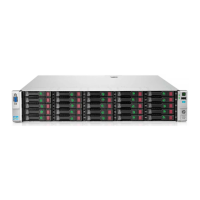
